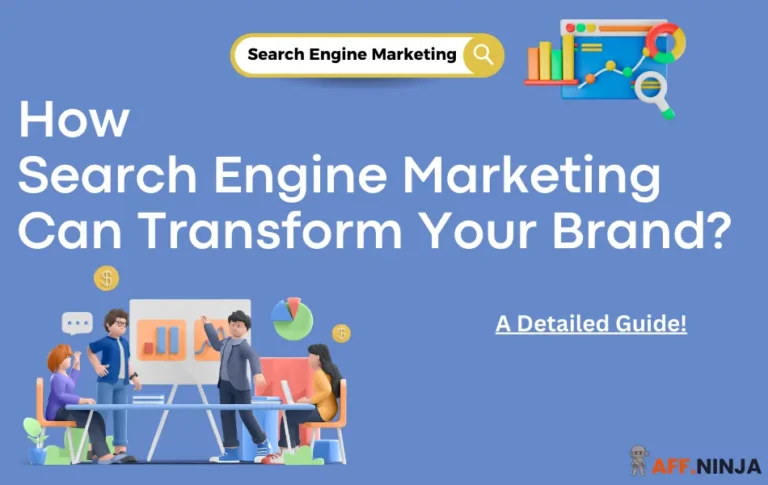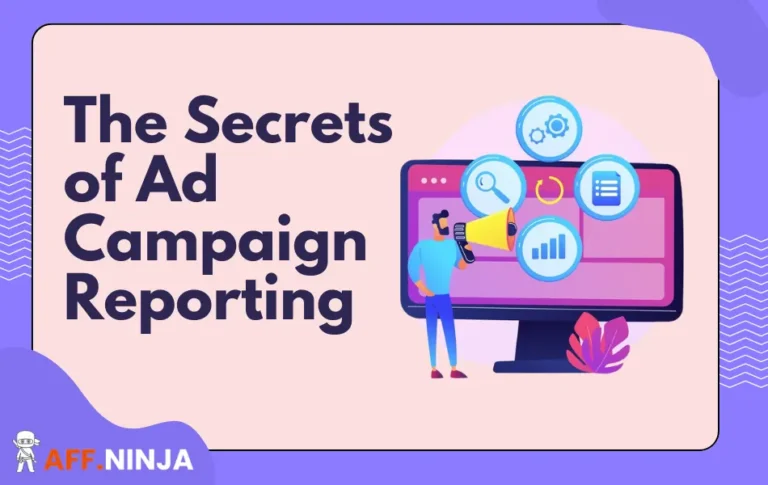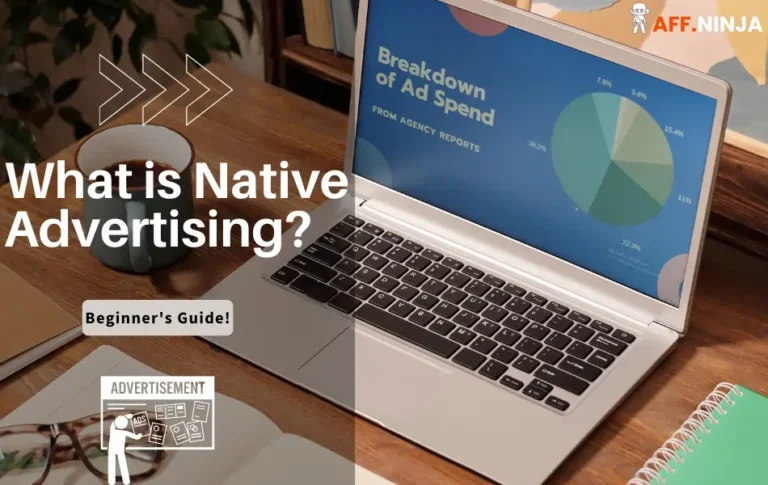Ever wondered how those perfectly timed ads seem to know exactly what you’re interested in?
Well, that's all possible because of ad exchanges, where advertisers and publishers make their wheel and deal. Consider ad exchange as the stock exchange where instead of stocks, the deals are done in terms of digital real estate, i.e. digital ad spaces.
Ad exchanges are tech-driven platforms that use advanced algorithms to ensure that the right ads reach the right audience at the right time, all through a process known as real-time bidding.
That's enough of an overview, let's take a complete step-by-step look at what, how, and why of Ad exchanges.
What are Ad Exchanges?
An ad exchange is a digital marketplace where advertisers and publishers buy and sell ad space through real-time bidding (RTB). This technology-driven platform connects multiple ad networks, allowing advertisers to bid on available ad inventory in real time, ensuring that ads reach the right audience at the right moment.
How do Ad Exchanges Work?

Ad exchanges cut out the middleman, letting advertisers and publishers trade ad space directly and instantly. No more waiting around or dealing with layers of intermediaries. This setup brings a bunch of perks like transparency, flexibility, and more control over where ads show up.
Ad Exchange Terminologies
Private Marketplace (PMP)
An invite-only ad exchange where premium publishers offer ad inventory to selected advertisers, often at higher prices for exclusive access.
Supply-Side Platform (SSP)
A platform used by publishers to manage, sell, and optimize their ad inventory, connecting to multiple ad exchanges to maximize revenue.
Private Marketplace (PMP)
An invite-only ad exchange where premium publishers offer ad inventory to selected advertisers, often at a higher price for exclusive access.
Demand-Side Platform (DSP)
A technology platform that allows advertisers to buy ad inventory programmatically, using data to target specific audiences and optimize ad spend.
Open Exchange
A type of ad exchange accessible to all advertisers and publishers, where ad inventory is available to the highest bidder in a transparent auction process.
Ad Fraud
The practice of generating fake ad impressions or clicks, often by bots, leads to wasted ad spending and inaccurate performance metrics
What Do Ad Exchanges Do?
- Connect Buyers and Sellers: They link demand-side platforms (DSPs) with supply-side platforms (SSPs), making it easy to buy and sell ad space.
- Keep Things Clear: Ad exchanges offer a clear view of costs and performance, helping marketers make smart choices.
- Give Control: Advertisers can tweak their ad placements, costs, and targeting. Publishers can better manage their ad space and boost their revenue.
Real-Time Bidding
Real-time bidding (RTB) is the magic behind ad exchanges. It lets ads be bought and sold in real-time auctions. Here's the play-by-play:
RTB makes sure ads hit the right eyeballs, optimizing ad campaigns to reach the perfect audience. This precision is a win-win for marketers and publishers, making every ad dollar count and every ad space valuable.
DSP vs SSP
DSPs serve advertisers, allowing them to buy ad inventory across multiple publishers and optimize campaigns in real time. They focus on targeting specific audiences and maximizing ROI.
SSPs, on the other hand, help publishers sell their ad inventory to various buyers, aiming to maximize revenue by filling ad spaces at the best prices.
While DSPs use data to find relevant ad placements for advertisers, SSPs use data to help publishers understand their inventory's value and optimize pricing.
How Ad Exchanges Supercharge Programmatic Advertising?
Ad exchanges play a pivotal role in supercharging programmatic advertising by streamlining the ad-buying process and enhancing targeting precision. These digital marketplaces connect advertisers and publishers, enabling real-time bidding (RTB) for ad inventory. This automation allows advertisers to bid on individual ad impressions, ensuring that ads are served to the most relevant audiences at the optimal time.
With the help of sophisticated algorithms and vast amounts of data, ad exchanges facilitate highly targeted and efficient ad placements, reducing wasted impressions and maximizing return on investment (ROI). This dynamic and data-driven approach not only improves campaign performance but also provides advertisers with greater control and transparency over their ad spend, ultimately driving better outcomes across the digital marketing funnel.
How Ad Exchanges Make Money?
Ad exchanges generate revenue primarily through commissions on transactions facilitated on their platforms. When an advertiser wins a bid for ad space, the ad exchange takes a percentage of the transaction value as a fee. This commission can be paid by either the publisher or the advertiser, depending on the specific terms of the deal.
Additionally, some ad exchanges may charge setup fees for accessing their platform. This revenue model ensures that ad exchanges benefit from higher transaction volumes and values, aligning their interests with those of both publishers and advertisers.
Ad Exchange and Ad Networks are both programmatic software that is used during the buying and selling of ads.
The Bumps in Programmatic Advertising
Programmatic advertising, while revolutionary, is not without its challenges. Here are some of the key bumps in the road:
For more insights on advertising and ad campaigns, read more articles on Ad Campaign Optimization and Ad Budget Management.

Adsterra
Adsterra is a global advertising network serving over 30 billion ad impressions monthly across 248 countries. It offers various ad formats like popunders, social bars, and native ads to help advertisers reach their target audiences and publishers maximize ad revenue.
Why Ad Exchanges Rock?
Ad exchanges are a game-changer for both advertisers and publishers, making paid advertising smoother and more effective.
Speed and Precision
Ad exchanges are all about speed and precision. They use real-time bidding and automation to make buying and selling ad space a breeze. No more endless back-and-forths—just quick, efficient transactions that save time and money. This means better ROI compared to the old-school ways.
The real magic is in the targeting. Ad exchanges let advertisers tap into a treasure trove of data to zero in on their ideal audience. This laser-focused targeting means ads hit the right people, boosting engagement and conversions.
| Metric | Old-School Ads | Programmatic Ads |
|---|---|---|
| Time to Execute | Days to Weeks ⭐⭐ | Minutes to Hours ⭐⭐⭐⭐⭐ |
| Targeting Precision | Broad ⭐⭐⭐ | Laser-Focused ⭐⭐⭐⭐ |
| Cost-Effectiveness | Meh ⭐⭐⭐ | Awesome ⭐⭐⭐⭐⭐ |
| Real-Time Tweaks | Limited ⭐⭐ | Tons ⭐⭐⭐⭐ |
Control Over Ads and Inventory
Ad exchanges give you the reins when it comes to ad quality and inventory. Publishers can filter out unwanted ads, control what types of ads show up, and block annoying advertisers to keep their sites looking sharp.
For advertisers, it's all about control. They can manage how often ads appear, fine-tune targeting, and tweak their bidding strategies to get the most bang for their buck. Plus, the automation means they can scale up without breaking a sweat, reaching more people and raking in more revenue.
| Metric | What It Means |
|---|---|
| Ad Filtering | Kick out unwanted ad types. |
| Blacklisting | Block annoying advertisers or publishers. |
| Ad Frequency | Control how often users see your ads. |
| Inventory Management | Handle premium and regular inventory like a pro. |
Common Queries Related to Ad Exchanges
What is the Difference Between an Ad Exchange and an Ad Network?
An ad exchange is an open marketplace for buying and selling ad space, while an ad network aggregates ad inventory from publishers and sells it to advertisers.
What Types of Ad Inventory are Traded on Ad Exchanges?
Common types include display ads, video ads, native ads, and mobile ads, offering diverse formats and placements.
What is the Difference Between an Open and a Private Ad Exchange?
An open ad exchange allows all buyers and sellers to participate, while a private ad exchange restricts access to select participants, offering more control and premium inventory.
How do Ad Exchanges Ensure Ad Quality and Relevance?
Ad exchanges use algorithms and data to match ads with the most relevant audiences, ensuring that ads are displayed to users who are likely to be interested in them.
Ad Space Wall Street
As we wrap up our journey through the world of ad exchanges, it's clear that these digital marketplaces are the unsung heroes of online advertising.
Ad exchanges are the rushing trading floors of Wall Street but for Ads!
Connecting publishers and advertisers in real-time, ad exchanges have completely changed how online advertising works, making it more efficient, targeted, and profitable for everyone involved.
Sure, there are a few challenges, like ad fraud and privacy concerns, but the benefits far outweigh the drawbacks. From advertisers to publishers, ad exchanges are indeed full of opportunities you cannot miss.
Next time you see a perfectly timed ad pop up on your screen, remember the complex dance of technology and commerce happening behind the scenes!







